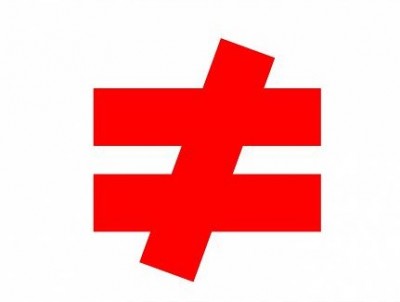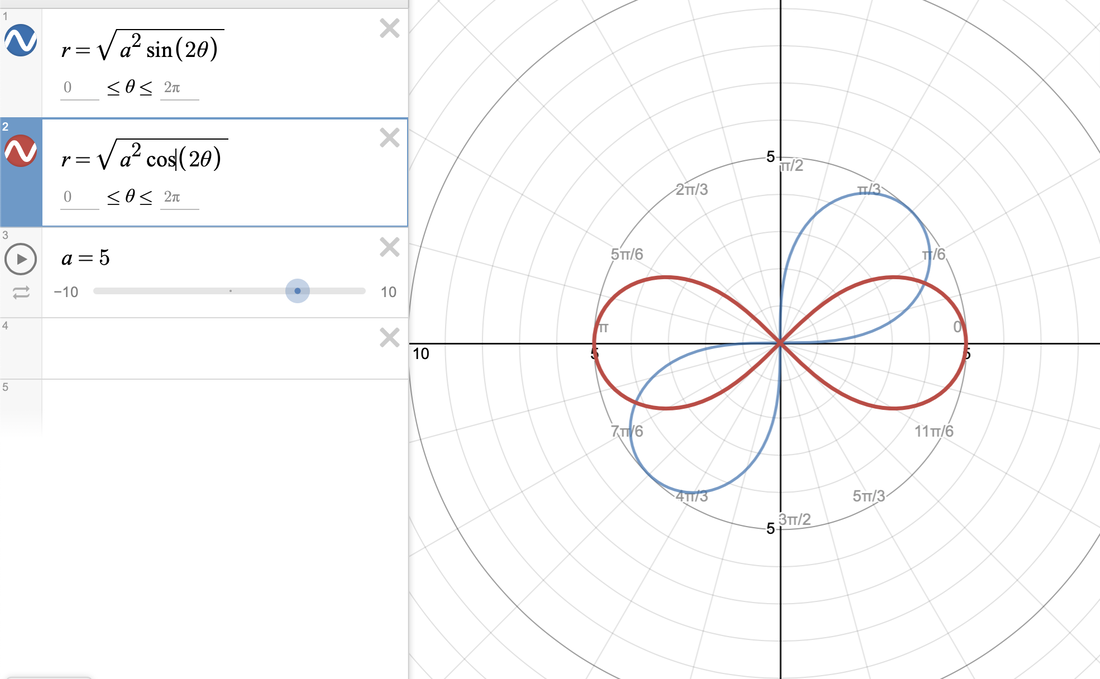

_ Generation four: How many great-grandparents do you have?._ Generation three: How many great-grandparents do you have?._ Generation two: How many grandparents do you have?._ Generation one: How many parents do you have?.The site also taps into one of the largest genealogy databases on the planet.
DOES NOT EQUAL SIGN IN DESMOS FREE
FamilySearch does have affiliations to a particular religious community and includes features unique to that faith, but provides the most capability of any free genealogy site. is a powerful on line package, but paywalls come quickly, all too quickly for students who can map their family trees out to third cousins and back for multiple generations. The course used to use, but that site has become increasingly driven to find a way to monetize a relatively small user base. Otherwise you can do this exercise using "pencil and paper" You will have to activate an account using an email address. If you want to make your own genogram, go to and start your family tree. Genogram from Genopro, a non-free desktop based package. Models come from a diverse array of fields including genealogy, physical science, health, and web page programming.Īn introduction to exponents via ancestry and family trees The stucture of the course is to chase a particular model or system each day, and let the math flow from the demands of the model.

As these characters are a) fully functional for my non-transport/gateway use, b) an extra step inconvenient step to convert for notes being built in real time on the fly, and c) versions encoded with a URL encoder fail, I simply am not going to fix this issue. Gateways and other transport agents are known to sometimes modify The bad values, or "unsafe" characters, are unsafe "because Technical notes: these notes may not validate because the URLs that are produced by WolframAlpha contain bad values for attribute href on element a: Illegal character in query component.
DOES NOT EQUAL SIGN IN DESMOS SOFTWARE
Those earlier notes utilized a software mix consisting of LibreOffice Calc spreadsheets, WolframAlpha, and the use of scientific calculators. Spring 2017 these notes were rewritten to utilize Desmos graphing calculator with the intent of replacing the mix of spreadsheets, WolframAlpha, and scientific calculators. These are essentially notes for the instructor, not necessarily for the students, hence the rambling, discombobulated, random nature of these notes. This is a page of instructor's scratch work and notes related to the delivery of MS 101 Algebra and Trigonometry summer 2001, 2011, 2012, 2013, 2014, 2015, and 2017, at the College of Micronesia-FSM. A quick google image search led me to the Mathematics Stack Exchange question What does this “double less than or equals to” sign mean?, where both $\ \gneqq \ $ and $\ \lneqq\ $ are included in a chart for AMS codes for various inequality symbols.Exponential & Trigonometry notes Exponential & Trigonometry notesĭesmos™ is a trademark of Desmos, Inc., all rights reserved. However, they do not appear to be available in MathType (which I sometimes have to use for work-related stuff), but maybe doing something like this will locate them. By using $\ \subsetneqq\ $ for "proper subset" and using $\ \subseteqq \ $ or $\ \subseteq \ $ for "subset or equal", there is no chance of ambiguity.įor what it's worth, these symbols are available in the LaTeX-based software I use, Scientific Workplace. Incidentally, even more commonly used back then was the corresponding proper subset relation $\subsetneqq \,\ $ since the meaning of $\ \subset\ $ varies among authors, with some using this for "subset or equal" and others using this for "proper subset". $įrom the mid 1970s through the early 1990s, I sometimes used (in notes, in homework assignments, etc.) handwritten forms of these symbols and their "less than" versions $\ \lneqq\ $ and $\ \lvertneqq \,\ $ and they were also sometimes used on the blackboard by the mathematics teachers I had during this period. However, if you want to draw special attention to the fact that $\ \neq\ $ applies, then you can use $\ \gneqq \ $ or $\ \gvertneqq \.

As others have said, that's what $\ >\ $ is for.


 0 kommentar(er)
0 kommentar(er)
